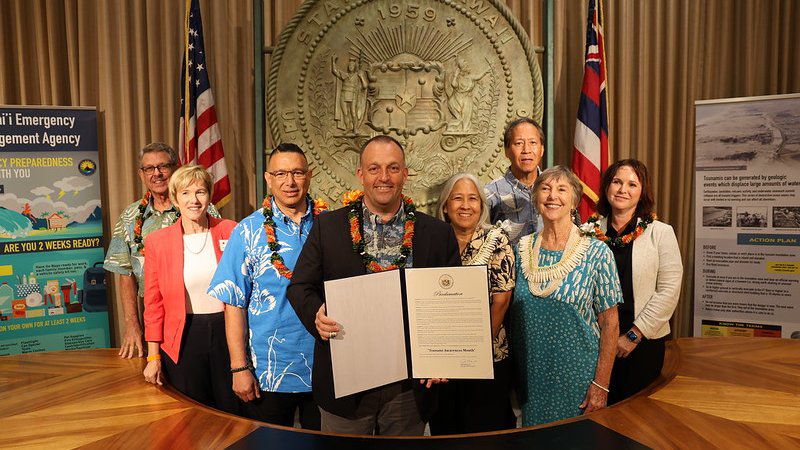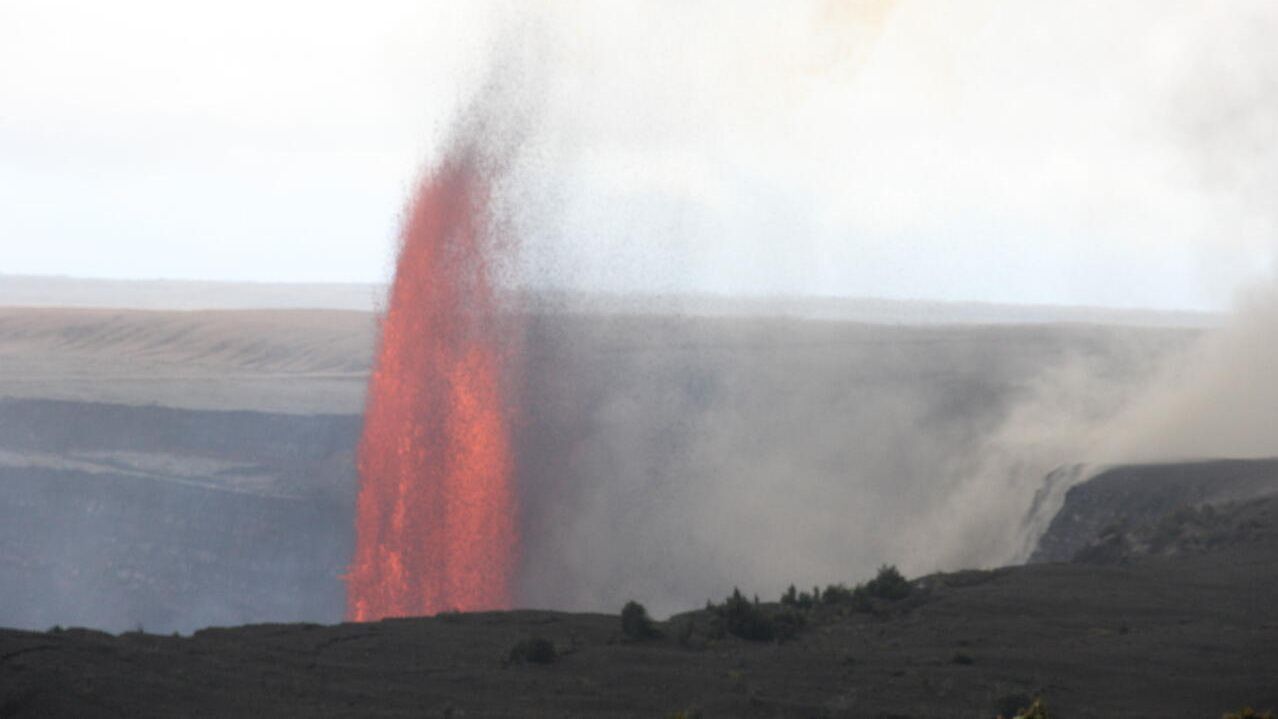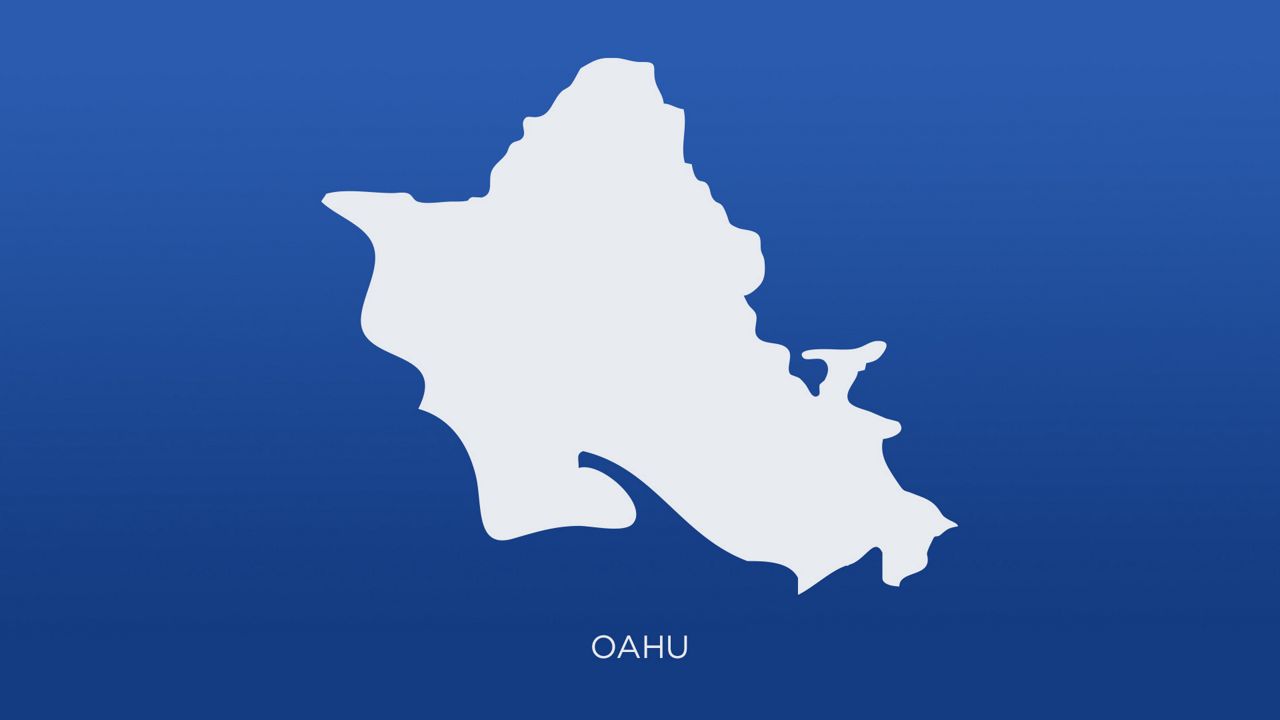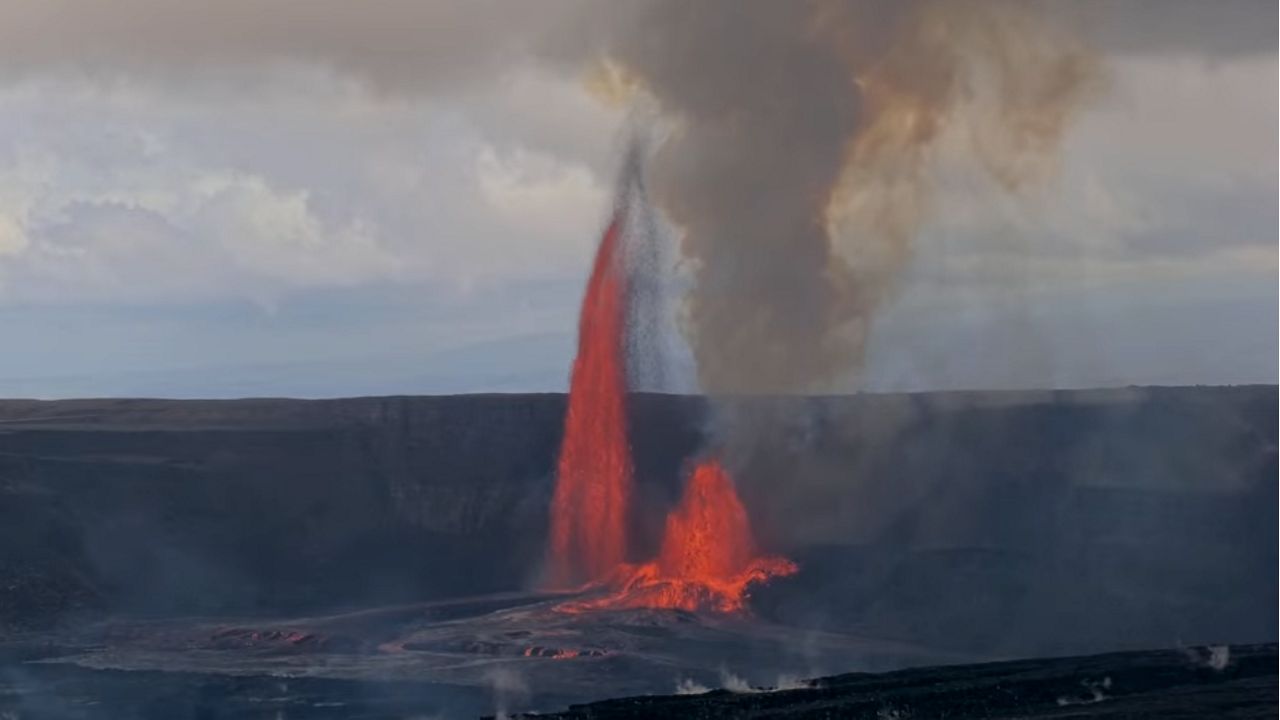HONOLULU — On Monday, Gov. Josh Green officially proclaimed April as Tsunami Awareness Month in Hawaii.
Green highlighted the importance of awareness, education and action to prepare for a tsunami.
“Tsunamis are life-changing events,” said Green in a news release. “It is imperative to know what to do to protect lives and property from tsunamis. Being aware, educated and ready to take action will save lives.”
Standing alongside Green were representatives from the Pacific Tsunami Warning Center, International Tsunami Information Center, Hawaii Emergency Management Agency and county emergency management agencies.
“Tsunamis can strike with very little warning and devastate communities,” James Barros, HI-EMA administrator, said. “With Tsunami Awareness Month beginning on the anniversary of the deadly April Fools’ Day tsunami in 1946, we’re reminded not only of the damage and sorrow it caused, but also that we need to be prepared for the next one.”
Hawaii observes Tsunami Awareness Month in April to remember the April 1, 1946, tsunami generated by a large earthquake in the Aleutian Islands. With no tsunami warning system back then, the tsunami arrived unexpectedly causing 159 fatalities.
The Pacific Tsunami Warning Center was founded three years later, according to a Kauai County news release, which currently serves as one of two regional warning centers for the United States, in addition to providing tsunami notifications and warnings to 25-plus other countries.
Laura Kong, Ph.D., director of ITIC, said, “Tsunamis can occur anywhere at any time. There is no ‘tsunami season.’ Hawaii must always be prepared to take action. In our state, 293 people have been killed by tsunamis since 1900 and 158 of those lost were from the 1946 disaster alone.”
Earthquakes, volcanic eruptions, landslides or other powerful events can “forcibly move large amounts of water,” otherwise known as a tsunami with a wall of water up to 50 feet high or more that can travel hundreds of yards inland when they reach shore.
Hawaii faces hazards from tsunami generated hundreds of miles away that can take hours to reach the state, as well as tsunami generated locally by an earthquake or eruption that can arrive in minutes.
“Tsunamis generated throughout the Pacific Rim of Fire in recent years from Tonga to Japan have left vast devastation in their wakes,” said Chip McCreery, Ph.D., director of PTWC. “We don’t know where or when a big event might strike. Preparing today will help us all to respond more quickly and effectively in a real emergency.”
Barros advises the public to be prepared and know your evacuation routes. “Having a plan with family and neighbors makes you part of the solution if a devastating event like a tsunami hits,” he said.
“Everyone should know if they’re in a tsunami evacuation zone, whether working, out and about, or at home,” said Kauai Emergency Management Agency Administrator Elton Ushio. “Review Kauai’s tsunami evacuation zones and have a plan should an evacuation be necessary.”
HI-EMA began a pilot project to increase youth awareness through selected ambassadors from St. Louis School who toured the Pacific Tsunami Museum in Hilo and will share what they learned with their fellow students. The project will expand to reach youths in other schools.
The American Red Cross provides tips on how to prepare for a tsunami and a tsunami safety checklist.
View statewide tsunami evacuation zones to determine if your home, workplace and children’s school are in tsunami inundation zones.
The Hawaii State Department of Education’s Safety, Security and Emergency Preparedness Branch produced a video that provides a short introduction of how a tsunami is generated, the different types of tsunami, signs of a local tsunami, the tsunami warning system, and how to plan for and respond to a tsunami threat.
Visit the International Tsunami Information Center website for information or email ITIC at itic.tsunami@noaa.gov. Learn steps to prepare for tsunami and other hazards at the Hawaii Emergency Management Agency website.
Sarah Yamanaka covers events, environmental and community news for Spectrum News Hawaii. She can be reached at sarah.yamanaka@charter.com.









